
On this day in history events for week 30 November to 6 December.
[Read More...]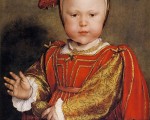
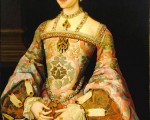
We tend to think of her as the woman who comes from nowhere, she’s not. In many ways she’s the most interesting, the most exciting, the best educated, and the cleverest of Henry’s wives. -David Starkey
Katherine Parr has been remembered through history as King Henry VIII’s sixth and final wife. The fortunate wife that survived. She has been labelled as merely Henry’s nurse, tending to the sickly king’s infirmities. Essentially, she is believed to be little more than Henry’s companion in his final years, with no great achievements of her own. She is often viewed as a wife of lesser importance, in contrast to the hugely popular Anne Boleyn whose legacy has been carried through centuries of intrigue and fame. This article intends to demystify the myths associated with Katherine Parr’s turbulent life, thus to reveal a more realistic view of a women who was well read, deeply religious and ultimately important during her time.
[Read More...]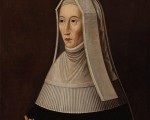
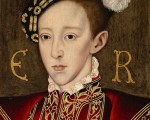
Edward VI was born on 12 October 1537 at Hampton Court Palace. He was the son of Henry VIII and his third wife Jane Seymour, who died twelve days after giving birth to him, probably of puerperal fever. He was tutored by scholars such as John Cheke, Richard Cox, Roger Ascham and Jean Belmain, and it appears that he was an intelligent child. By the age of twelve he was undertaking work on religious issues and controversies and had written a treatise about the Pope being the Antichrist.
Henry VIII, died on 28th January 1547, making Edward King Edward VI of England. Edward was only nine years old and far too young to rule over the country himself so a Council of Regency was set up, according to Henry VIII’s will. Sixteen executors had been named by Henry to act as a regency council until Edward came of age. The council members had been appointed as equals, but Edward’s uncle, Edward Seymour, took the lead and became Lord Protector of the Realm. Seymour was not content with just being Lord Protector, by 1547 he had convinced the young King to sign letters patent giving him the right to appoint members of his choosing to the Privy Council and to only consult them when he himself chose to.
[Read More...]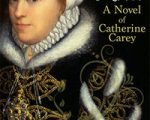
An article by Adrienne Dillard on what life was like for Marian exiles like Catherine Carey and her husband Francis Knollys who fled to the Continent.
[Read More...]
Enjoy the November 2014 Tudor Life Magazine with guest articles from Leanda de Lisle, Sandra Vasoli, Beth von Staats and Roland Hui, PLUS all of our regular columnists and articles.
[Read More...]